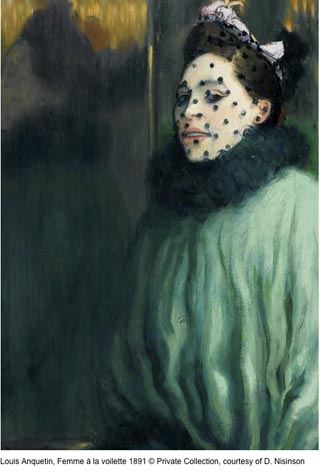| 
|
We were in charge
of the press relations for the Schirn Kunsthalle Frankfurt,
A notorious district in Paris’s 18th
arrondissement held special appeal for a number of the most
well-known modern artists: Montmartre. “The quarter
resembles a huge studio,” a contemporary critic wrote
in the 1890s about the hill on what was then the city’s
outskirts. Having preserved its original rural flair, it represented
a counter-world to the mundane Paris of the “belle époque.”
The SCHIRN exhibition has set out to convey a sense of the
special Montmartre atmosphere. More than two hundred works
by Henri de Toulouse-Lautrec, Vincent van Gogh, Pablo Picasso,
Suzanne Valadon, Edgar Degas and others will lure visitors
into the milieu of the Parisian “bohème”
around the turn of the century. Historical photographs and
numerous posters and prints will shed light on further facets
of one of the most colorful chapters in the history of art,
but also one with which countless clichés are associated:
the frivolous can-can girls in the Moulin Rouge, sumptuous
coffeehouse scenes, or the penniless artist who indulges in
alcohol, sleeps until noon and turns night into day. Yet to
reduce Montmartre to these familiar images means to overlook
the realism with which the artists recorded everyday life
there. They were people who had consciously chosen to dissociate
themselves outwardly from the bourgeoisie by embarking on
lives as poor bohemians on the fringe of society. Their striking
portraits of outsiders, thieves, beggars, street artists,
prostitutes and drinkers mirrored their new perception of
themselves. The exhibition will investigate the sociological
circumstances of the period in question and its new definition
of the role of the artist.
Curator: Dr. Ingrid Pfeiffer (SCHIRN)
|
